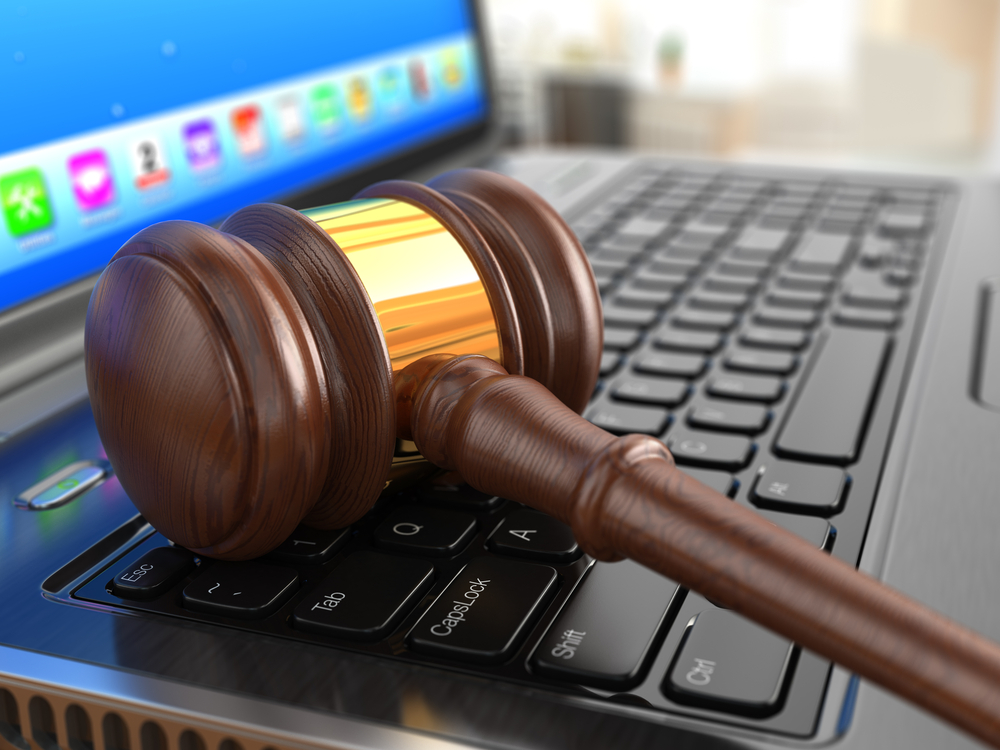In mid-August 2016, Uber expanded its reach and acquired the self-driving trucks company Otto. And since mid-September Pittsburgh residents have been able to catch self-driving Uber rides. The message to Uber drivers is now clear: Don’t rely on Uber providing that extra income for much longer.
Much has been said in recent years about the impact of proliferating AI (artificial intelligence) on life and work. With regard to the legal services industry, some are also predicting a radical disruption and the era of “robo-lawyers,” suggesting that we are facing an AI-driven revolution that will make lawyers obsolete in the not-too-distant future. Others expect a more gradual evolution where lawyers will standardize and systematize routine activities and streamline the old ways of doing business. This scenario would initially evolve in tandem with the more radical transformation in the way that the expertise of professionals is made available in society. In the long run, however, the more radical transformation would dominate, and capable AI systems would eventually displace traditional work. Yet others expect that all the talk about disruption of the legal industry is hype and vastly exaggerated—that all these new technologies are nothing but a new kind of typewriter for lawyers that will change the way work is produced and captured but not the way the law and legal practice operate.
As is so often the case, the truth probably lies somewhere in between. There are areas of legal work where highly sophisticated technologies are in use already, and there are areas where legal services are delivered in the same way they were delivered 50 years ago.
But there is very little data available about legal technology as it is being deployed today. How many companies are there? What problems are they attempting to solve? What technology are they using? In an attempt to fill that knowledge void, researchers at CodeX—the Stanford Center for Legal Informatics with the help of SLS students, CodeX interns and other friends of CodeX, have built and recently launched an online resource that aims to map the legal tech landscape.
Read the rest of the post at Stanford Law.

